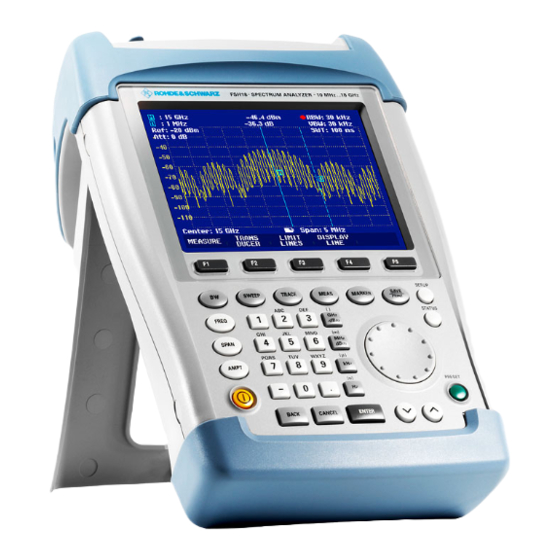Table of Contents
Advertisement
Quick Links
See also:
Manual
Advertisement
Table of Contents


















Need help?
Do you have a question about the FSH3 and is the answer not in the manual?
Questions and answers